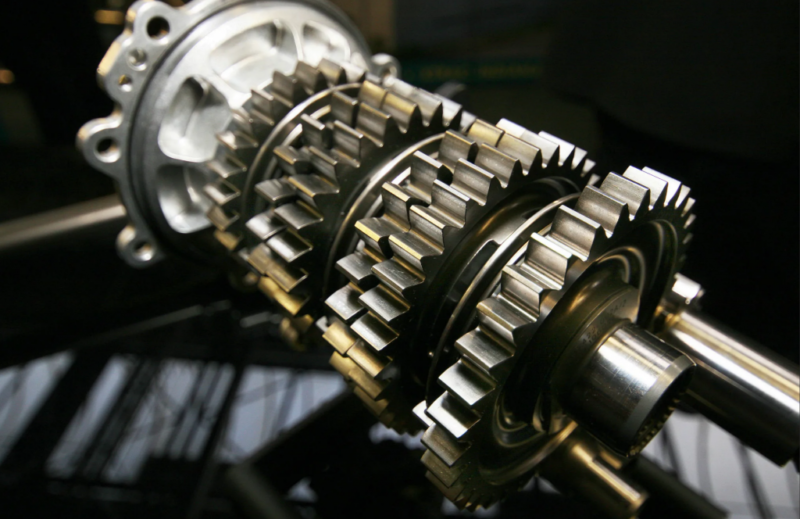2000 Hyundai Elantra Transmission Problems
The 2000 Hyundai Elantra is a popular compact car known for its reliability and affordability. However, like any vehicle, it is not immune to mechanical issues. One of the most common problems that owners of the 2000 Hyundai Elantra may encounter is transmission problems. In this article, we will explore the common problems, symptoms and signs, consequences, and repair costs associated with the transmission of the 2000 Hyundai Elantra.
Common Problems
The transmission problems in the 2000 Hyundai Elantra can vary in severity and frequency. Some of the most common issues reported by owners include:
- Transmission slipping: This occurs when the transmission fails to stay in the intended gear, causing a loss of power and acceleration.
- Delayed shifting: The transmission may take longer than usual to shift gears, resulting in a jerky or rough driving experience.
- Transmission fluid leaks: Leaks can occur due to worn seals or gaskets, leading to a low fluid level and potential damage to the transmission.
- Failure to engage or disengage gears: The transmission may have difficulty engaging or disengaging gears, making it challenging to shift smoothly.
Symptoms and Signs

Recognizing the symptoms and signs of transmission problems in the 2000 Hyundai Elantra is crucial for early detection and prevention of further damage. Some common indicators of transmission issues include:
- Strange noises: Unusual noises such as grinding, whining, or clunking sounds coming from the transmission can indicate a problem.
- Burning smell: A burning odor, often accompanied by overheating, may suggest a transmission fluid leak or overheating transmission.
- Slipping gears: If you notice the engine revving but the vehicle is not accelerating as expected, it could be a sign of a slipping transmission.
- Warning lights: The check engine light or the transmission warning light may illuminate on the dashboard, indicating a transmission issue.
Consequences
Ignoring transmission problems in the 2000 Hyundai Elantra can have severe consequences. Some of the potential consequences include:
- Reduced performance: A faulty transmission can lead to decreased acceleration, power, and overall performance of the vehicle.
- Increased fuel consumption: Transmission problems can cause the engine to work harder, resulting in higher fuel consumption and decreased fuel efficiency.
- Complete transmission failure: If left unaddressed, transmission issues can escalate and eventually lead to a complete failure of the transmission, requiring a costly replacement.
- Safety risks: A malfunctioning transmission can compromise the safety of the vehicle, making it unpredictable and potentially causing accidents.
Repair Cost
The cost of repairing a transmission problem in the 2000 Hyundai Elantra can vary depending on the severity of the issue and the location of the repair shop. In general, transmission repairs can be expensive. Minor repairs such as fixing a leak or replacing a solenoid can cost around $200 to $500. However, more significant repairs or a complete transmission replacement can range from $1,500 to $3,500 or more.
| Transmission Problem | Repair Cost |
|---|---|
| Transmission fluid leak | $200 – $500 |
| Transmission slipping | $1,000 – $2,000 |
| Complete transmission replacement | $2,000 – $3,500+ |
It is important to note that these are estimated costs and can vary depending on various factors. Regular maintenance and addressing transmission issues promptly can help prevent more significant problems and reduce repair costs in the long run.
In conclusion, transmission problems in the 2000 Hyundai Elantra can range from minor issues to more severe complications. Recognizing the common problems, symptoms, and signs can help owners take appropriate action and prevent further damage. While transmission repairs can be costly, addressing the issues promptly can save money and ensure the longevity and performance of the vehicle.
